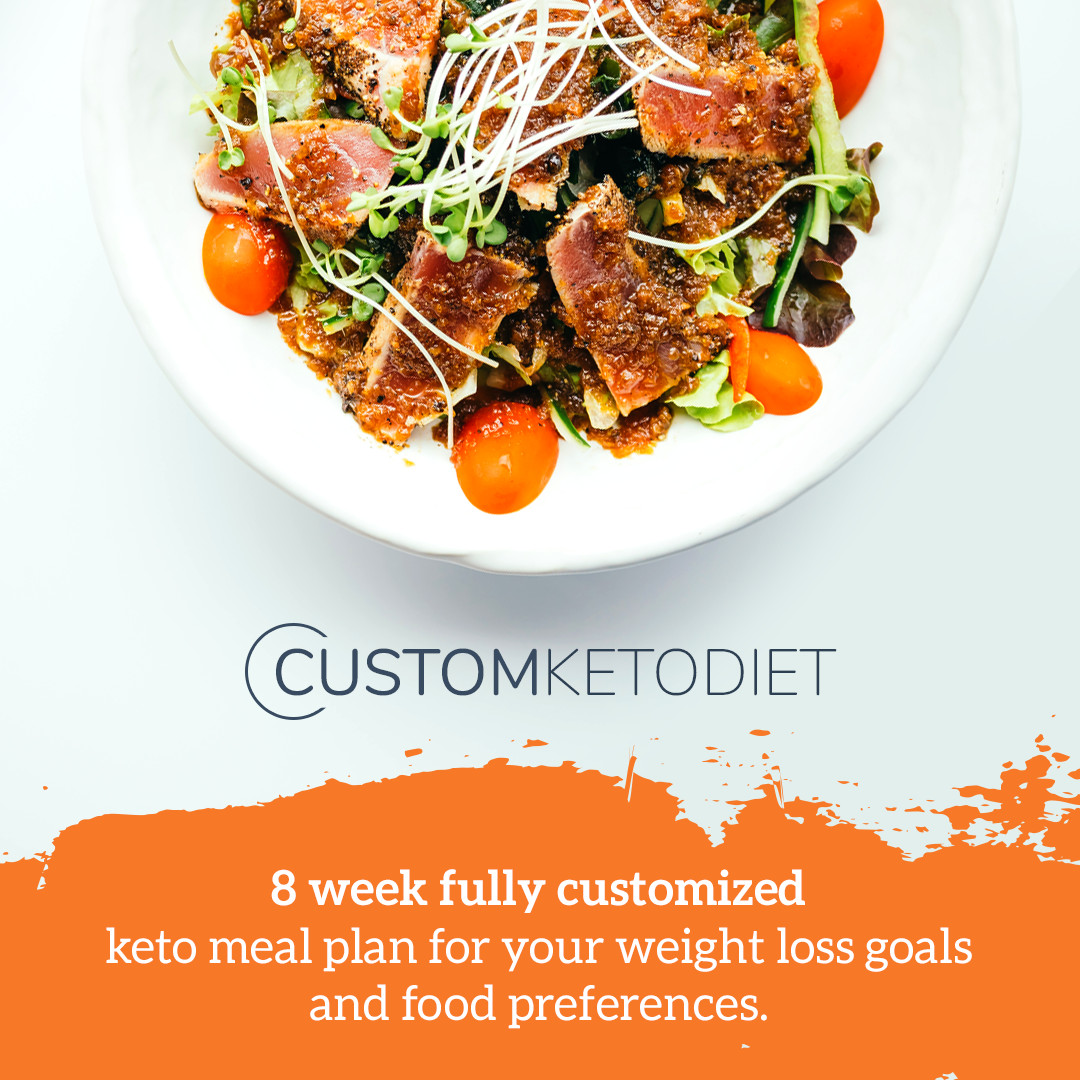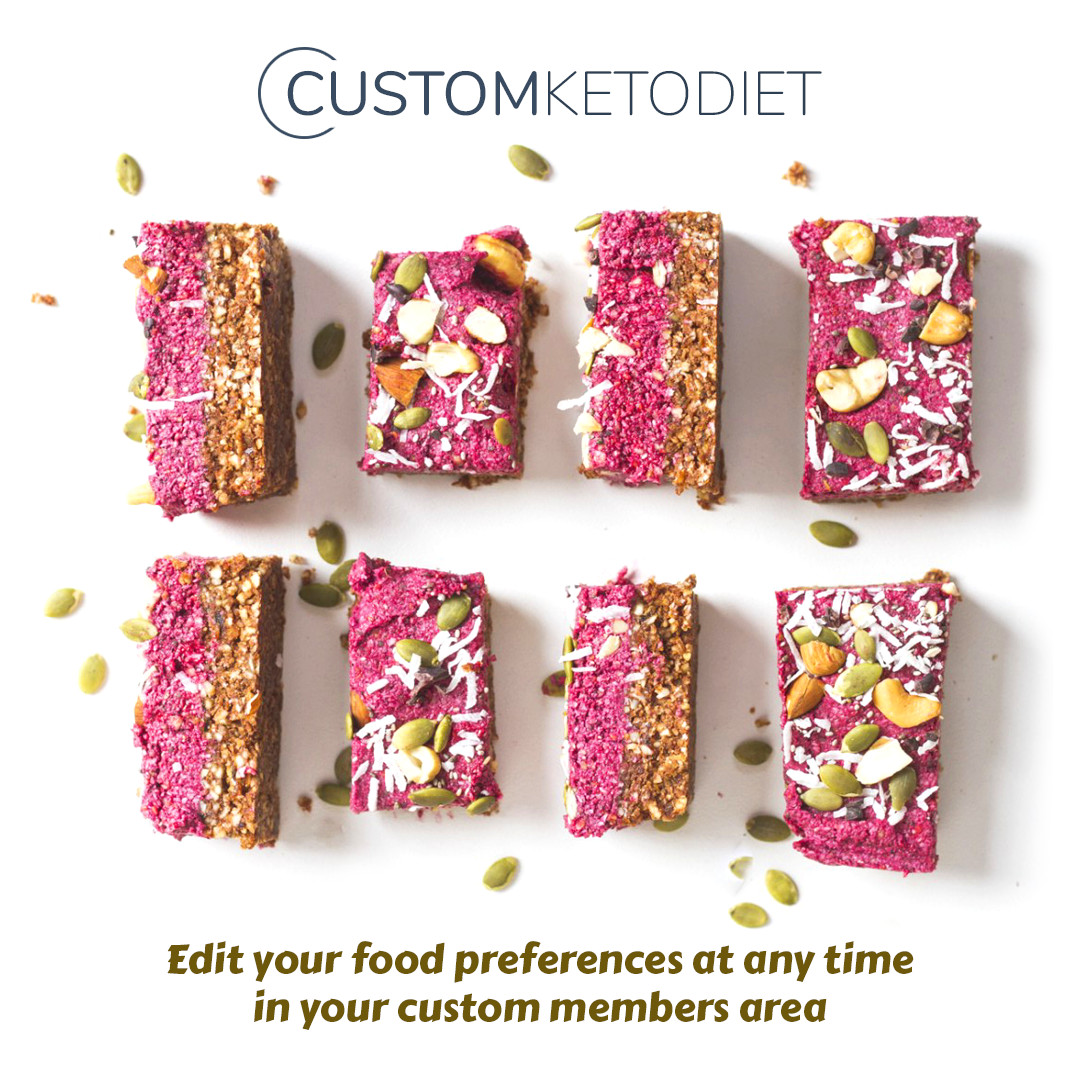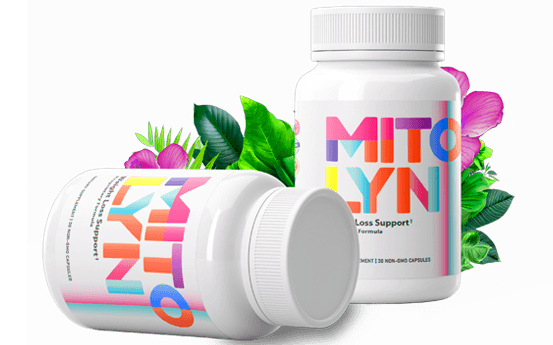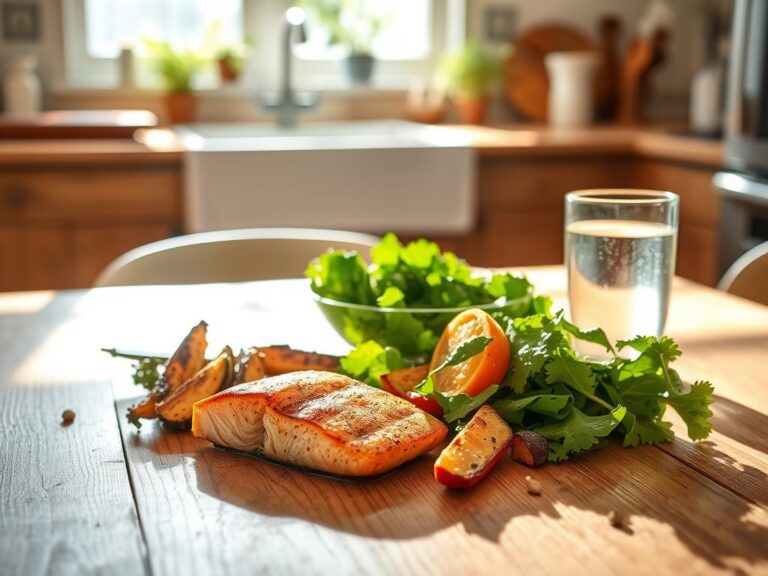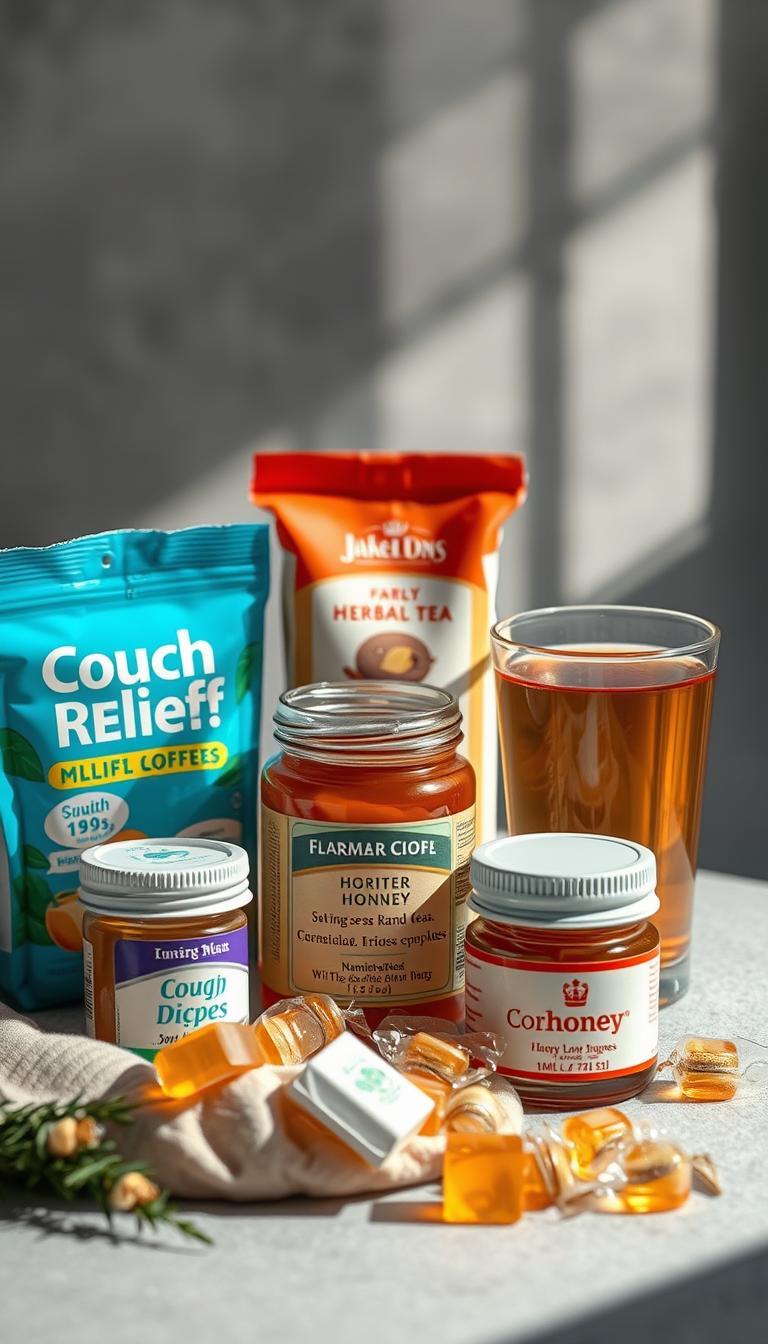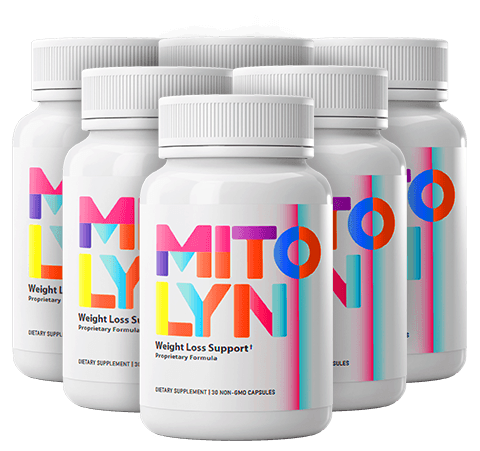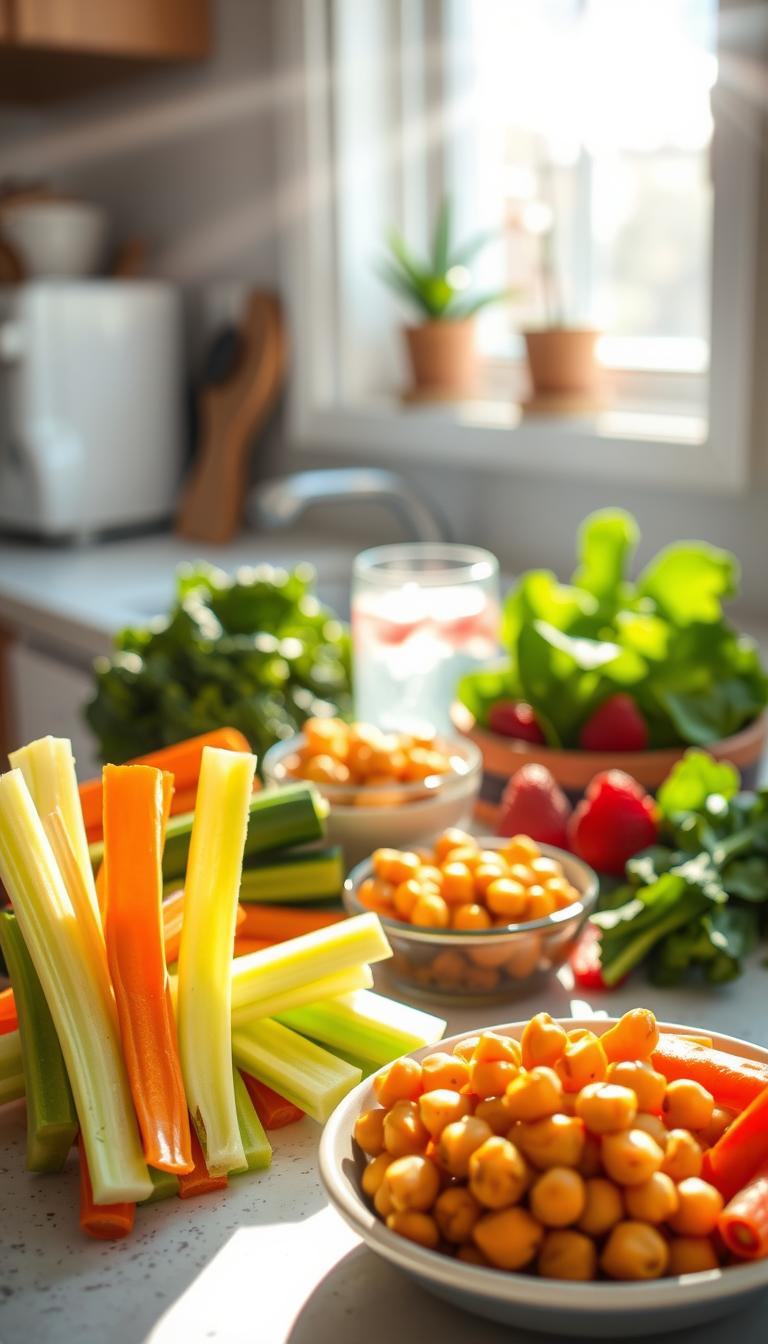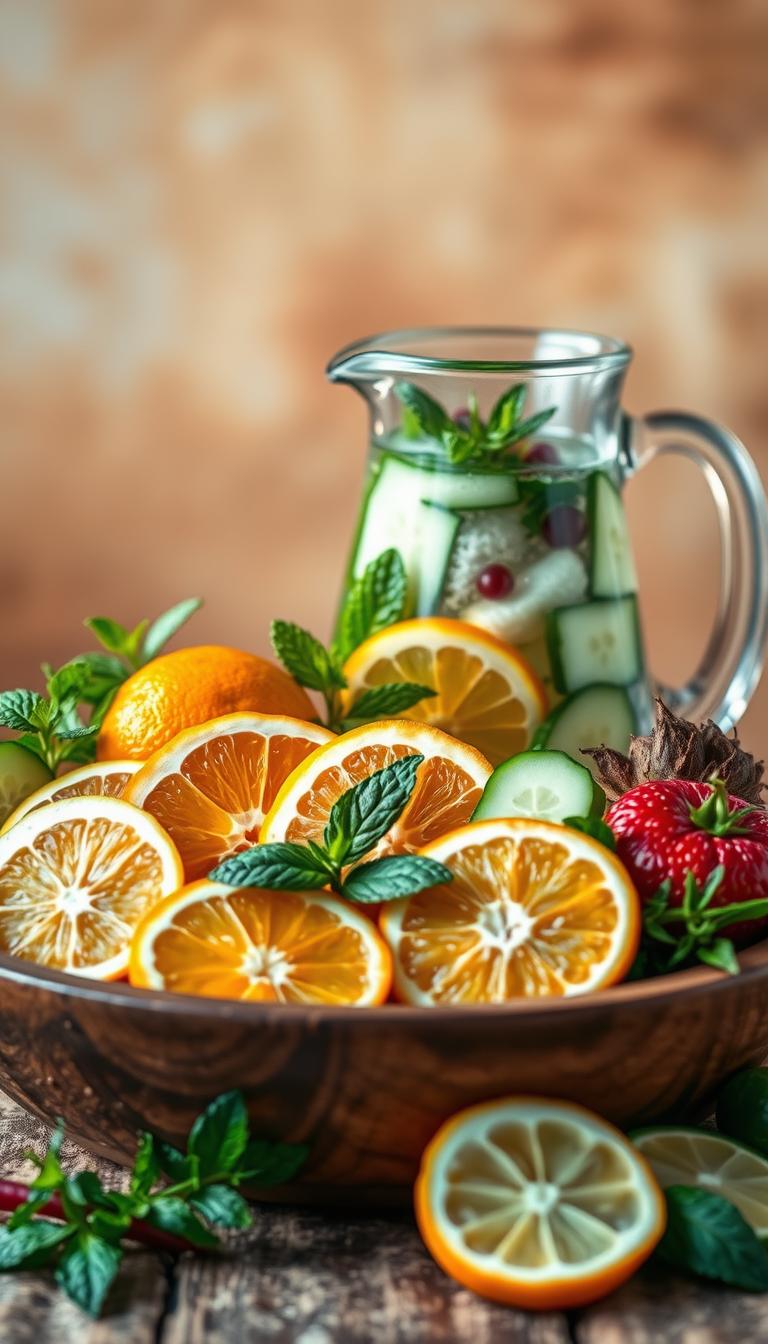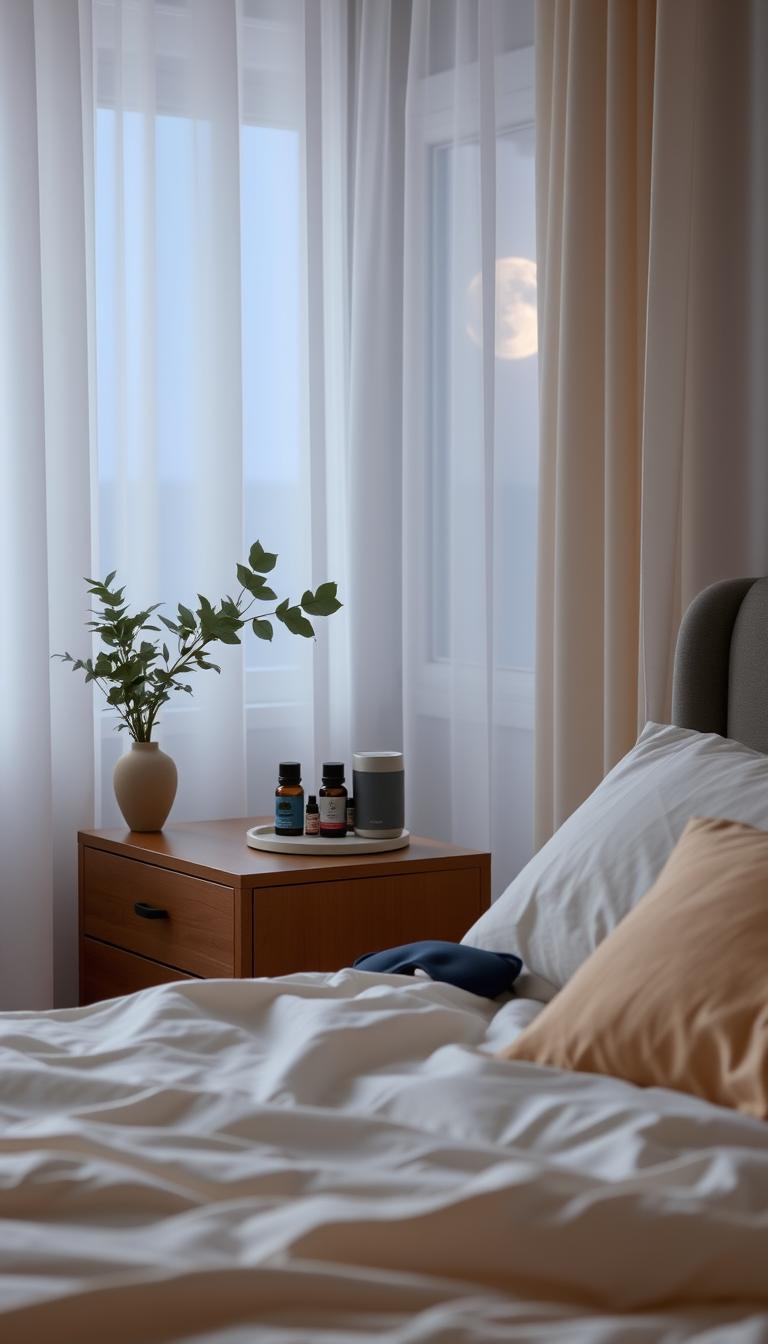
Can crunches for your face really melt away jowls—or is there more to achieving a slimmer profile? Face fat loss isn’t just about quick fixes. Many products promise instant results, but research shows it often needs diet, exercise, and lifestyle changes. Let’s cut through the myths.
Science says facial exercises like Lip Pull and Jaw Release can tone muscles. But they work best when paired with full-body efforts. A 2023 study proves cardio burns overall fat, including facial stores. A 2021 review links hydration and sleep to reducing puffiness. Ready to learn how to slim face contours without relying on unproven gadgets?
Key Takeaways
- Facial exercises like Fish Lip and Chin Lift build muscle tone, but combine them with cardio and diet for best results.
- Aerobic workouts, like 12-week programs, reduce body fat—potentially shrinking facial fat too.
- Drinking water before meals boosts metabolism and fights retention, aiding how to lose face fat.
- Cutting refined carbs (think white bread) and increasing fiber can slim face contours by lowering overall fat.
- Sleeping 7 hours nightly helps balance hunger hormones, curbing overeating that fuels facial fat.
Understanding Face Fat: Why Your Facial Features Matter
Ever wondered why some people have rounder cheeks or a fuller jawline? Let’s explore the science behind your
Your face has special fat pads called facial fat pads. These pads act differently than other body fats. Knowing this helps you find better ways to change them.
The Science Behind Facial Fat Storage
Facial fat storage isn’t random. Unlike belly fat, facial fat cells are near muscles and bones. Losing body fat can make your face look less plump, but spot reduction myths are false. Your genes decide where fat goes, like more in cheeks or jawline. Hormones, especially estrogen, can also make your face fuller.
Common Causes of Facial Bloating vs. True Fat
- Facial bloating causes: Too much sodium, not enough water, or allergies can swell your face.
- Puffy face reasons: Allergies, salt, or hormone changes cause swelling, not permanent fat.
It’s important to know the difference. Bloating goes away with water or less salt. True fat needs bigger changes in your life.
How Genetics Influence Your Facial Structure
Genetics play a big role in your face shape. Bone shape, muscle tone, and fat placement come from your family. A round face might mean fat pads are closer to the skin, making it look fuller. You can’t change your genes, but knowing them helps you plan better. For example, those with rounder cheeks might need more muscle exercises.
Why Face Fat Loss Requires a Multi-Faceted Approach
Face fat loss isn’t easy. It needs a holistic face fat reduction plan. Your face shows your health—diet, exercise, and stress all play a part. No single method works forever; success comes from mixing them.

Self-esteem ratings significantly improved post-surgery, indicating a positive psychological impact.
A comprehensive face slimming plan starts with your diet. Cutting processed foods and sugar lowers inflammation and water retention. Regular exercise—like cardio and facial workouts—burns fat and tones muscles. Drinking water also helps by flushing toxins and reducing puffiness.
- Track calories and eat nutrient-rich foods to lower body fat.
- Incorporate 150+ minutes of weekly cardio to support face fat loss approach.
- Use tools like jade rollers to boost circulation and reduce swelling.
- Get 7–9 hours of sleep to regulate hormones linked to fat storage.
Multiple strategies facial fat work better than one. For example, exercise alone won’t melt cheek fat if you’re stressed or dehydrated. Combining these steps builds a routine that reshapes your face and health. Small changes add up over weeks, not days. Stay consistent—your body needs time to rebalance.
Think of this as a lifestyle shift. Every choice—from what you eat to how you sleep—impacts your results. With patience and a holistic face fat reduction plan, you’ll see gradual improvements that last.
Facial Exercises That Actually Work
Facial exercises might seem odd, but studies show they can make your face muscles stronger. They also help with blood flow and muscle shape. Even though there’s not much research, doing these exercises often can make your cheeks look better and reduce swelling. Let’s look at some exercises that science supports and how to do them right.
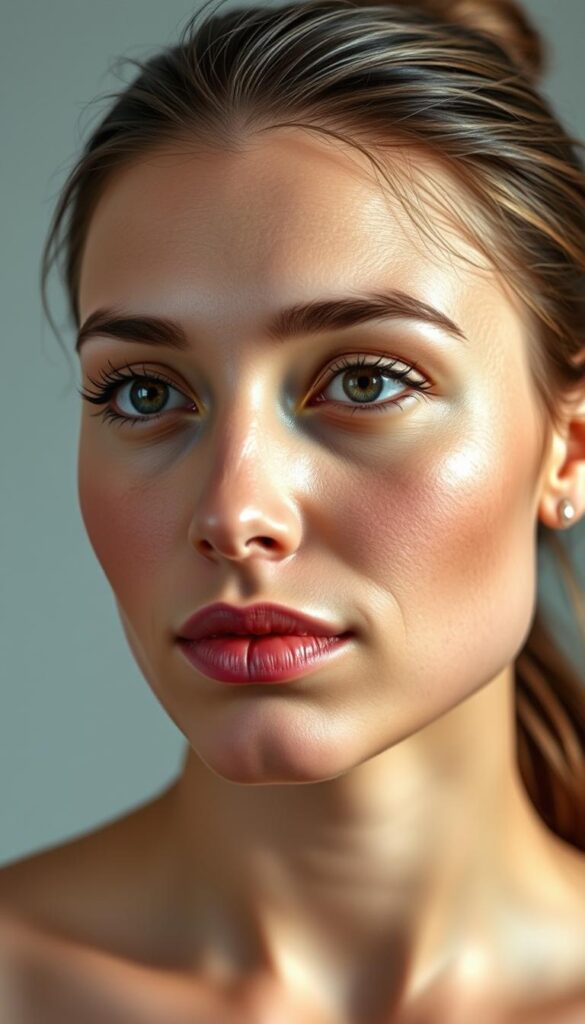
Cheek Sculpting Techniques
Here are some exercises for your cheeks:
- Pursed Cheek Blows: Pucker your lips and blow air out slowly, like blowing up a balloon.
- Buccinator Tones: Press your fingers on your cheeks and smile wide, holding for 5 seconds.
Jawline Definition Movements
Try these to make your jawline stronger:
- Jaw Circles: Open your mouth and move your jaw in circles slowly.
- Chin Lifts: Tilt your head back and lift your chin up, holding for 10 seconds.
Double Chin Reduction Exercises
Here are exercises to help with a double chin:
- Neck Stretch: Gently tilt your head side-to-side while pressing your tongue to the roof of your mouth.
- Tongue Press: Stick out your tongue and press it against your front teeth, holding for 5 counts.
How Often to Perform Your Facial Workout
Begin with 3-4 times a week, 5-10 minutes each. Gradually increase to daily routines. Adding face yoga can help even more. Remember, jawline exercises and double chin exercises might take 4-6 weeks to see small changes.
“Spot reduction isn’t guaranteed, but consistent muscle engagement may improve skin elasticity,” says Dr. Jeffrey Spiegel, highlighting the need for patience and holistic care.
Do these exercises with good hydration, sunscreen, and a healthy diet for better results. Remember, facial muscle toning is just part of staying healthy.
The Connection Between Overall Weight and Facial Appearance

When you want to lose face fat, knowing about the face-body connection is important. Overall weight loss affects how full your face looks. This is because fat loss happens all over your body, not just in one spot. Let’s look at how fat distribution in your body affects your face.
Why Spot Reduction Doesn’t Work
The spot reduction myth says you can pick where to lose fat. But science proves it’s not true. Fat cells get smaller all over your body, not just in your face. A 2020 study in the Journal of Nutrition showed that losing fat in your face happens when you lose body fat. Doing exercises for your cheeks or jaw won’t just make your face thinner. Your whole body burns fat when you lose weight.
“Spot reduction is a myth. Fat loss follows your body’s genetic blueprint, not your workout routine.” — American Council on Exercise
The Face-Body Fat Relationship Explained
Your face shows changes in weight distribution face when you lose weight. Losing 10% of your body weight makes your facial fat pads smaller. Here’s how it works:
| Body Fat Percentage | Facial Appearance |
|---|---|
| 18–25% | Healthy volume in cheeks and lips |
| Below 15% | Potential sunken cheeks or hollow temples |
- Eating more protein helps keep your skin elastic when you lose weight.
- Drinking water helps reduce puffiness and supports collagen.
- Managing stress stops facial fat from staying due to cortisol.
Work on losing weight all over to see changes in your face. Focus on your whole body’s health. Your face will show the progress!
Dietary Changes to Reduce Facial Puffiness
Your dietary changes for face fat start with cutting back on foods that trigger water retention and inflammation. An anti-bloating diet focuses on reducing sodium and processed ingredients. Let’s break down what to avoid and how to swap choices for a slimmer look.

- Avoid high-sodium foods like soy sauce, processed meats, and sushi. Excess sodium forces your body to hold water, adding puffiness.
- Limit refined carbs (cookies, pasta) that spike insulin and boost inflammation.
- Choose anti-inflammatory foods like berries, leafy greens, and ginger to calm swelling.
Food Swaps for Face Slimming
| Avoid | Choose Instead |
|---|---|
| White bread/pasta | Quinoa or oatmeal |
| Salt-heavy snacks | Raw veggies with hummus |
| Carbonated drinks | Infused water with lemon or cucumber |
Pair these foods for face slimming with small tweaks like sipping herbal tea instead of alcohol. Aim for under 2,300 mg sodium daily to reduce sodium intake, and drink water with meals to flush out excess salt. Small shifts in your anti-bloating diet create visible results over weeks. Your face will thank you!
Hydration Strategies for a Slimmer Face
Drinking enough water is more than just staying hydrated. It helps reduce dehydration puffy face and hydration face fat. When you don’t drink enough, your body holds onto water, making your face swell. Drinking the right amount of water can help slim your face naturally.

A 2018 study showed drinking 16 oz of water before meals reduced calorie intake by 13%, aiding optimal water intake goals.
Your body’s sodium balance is crucial. Too much salt and not enough water makes cells swell, causing puffiness. Here are some tips:
- Drink a glass of water first thing in the morning
- Limit processed foods high in sodium
- Pair water with potassium-rich foods like bananas or spinach
Aim for 8-10 cups daily, based on how active you are. This table gives personalized advice:
| Factor | Recommendation |
|---|---|
| Active lifestyles | +2 cups per hour of exercise |
| Hot climates | 10% extra water intake |
| High-salt diets | Drink an extra glass after salty meals |
A 2019 review found water helps you lose 5.15% of your weight in 12 weeks. It shows how important hydration is for your metabolism.
Be careful with:
- Sodas and sugary drinks
- Alcohol (triggers retention)
- Fast food (high sodium)
Instead, try herbal teas, cucumber water, or coconut water. They help flush out sodium naturally.
The Role of Sleep and Stress in Face Fat Accumulation
Getting good sleep and managing stress are key to a slim face. Not sleeping enough means your body makes more cortisol, a stress hormone. This hormone leads to sleep face fat and makes your face look fuller.
Poor sleep quality facial appearance also slows down your metabolism. This makes it harder to lose weight, including in your face.
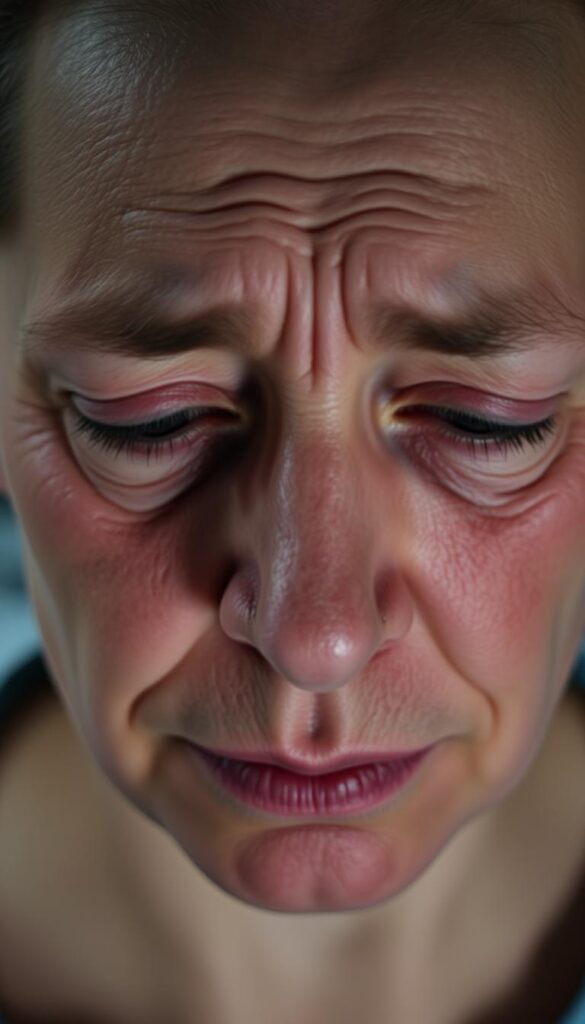
Stress management can help. Chronic stress raises cortisol, causing cortisol face fat. It also speeds up collagen breakdown, making your skin sag. Here’s how to balance it:
- Get 7+ hours of sleep nightly to stabilize hunger hormones (ghrelin/leptin) and reduce cravings for high-calorie snacks.
- Practice mindfulness or yoga to lower cortisol levels and reduce facial puffiness.
- Incorporate potassium-rich foods like bananas to combat sodium-induced swelling.
| Poor Habits | Healthy Habits |
|---|---|
| Sleeping | 7+ hours of uninterrupted sleep |
| Skipping stress relief | Meditation, deep breathing |
| High sodium diets | Hydrate with water, eat spinach/kale |
A 2023 study showed a stress management program helped. Participants lost 3.1 BMI points and saw 27% less facial puffiness. Start bedtime routines like dimming lights and avoid screens to better your sleep quality facial appearance. Small changes in sleep and stress can greatly improve your face and health.
Modern Treatments and Technologies for Face Fat Reduction
When lifestyle changes alone aren’t enough, professional interventions can offer targeted solutions. Face fat reduction treatments range from quick office visits to surgical options. Explore these choices to find what aligns with your goals and health needs.

Non-Surgical Options Worth Considering
Non-surgical facial contouring options provide gradual improvements with minimal recovery time. Popular choices include:
- CoolSculpting®: Targets fat cells with controlled cooling. CoolMini® can reduce 20-27% of fat in one 35-minute session. No downtime needed. Costs vary, but over 17 million treatments have been performed worldwide.
- Kybelia®: FDA-approved injections dissolve fat cells under the chin. Results are permanent but require multiple sessions. Common side effects include swelling and bruising.
- Radiofrequency (RF) therapies like Evoke® tighten skin while reducing fat. Sessions take 30-60 minutes, with 3-6 needed for full results.
Medical Procedures: Costs and Effectiveness
For visible excess fat, surgical and semi-invasive options may offer faster results. Consider these options carefully:
| Procedure | How It Works | Cost | Risks | Effectiveness |
|---|---|---|---|---|
| Buccal Fat Removal | Removes buccal fat pads via incisions inside the mouth | $3,000–$8,000 | Scarring, temporary numbness | Permanent |
| Facial Liposuction | Suction excess fat through small incisions | $4,000–$10,000 | Swellinging, infection risk | Lasting but requires downtime |
Natural Alternatives to Clinical Treatments
Natural face slimming methods include professional-grade options like:
- Facial massage to improve circulation
- Gua sha techniques to contour the jawline
- Topical creams with caffeine or retinol to reduce puffiness
Always discuss your medical history with a provider before starting any procedure. Ask about recovery time, cost, and how results align with your body’s response to treatments.
Makeup and Styling Tricks for a Slimmer-Looking Face
Face-slimming techniques can change how you look right away. You can use contouring makeup or pick hairstyles that make your face look longer. Start with face contouring makeup to shape your face or choose slimming hairstyles.
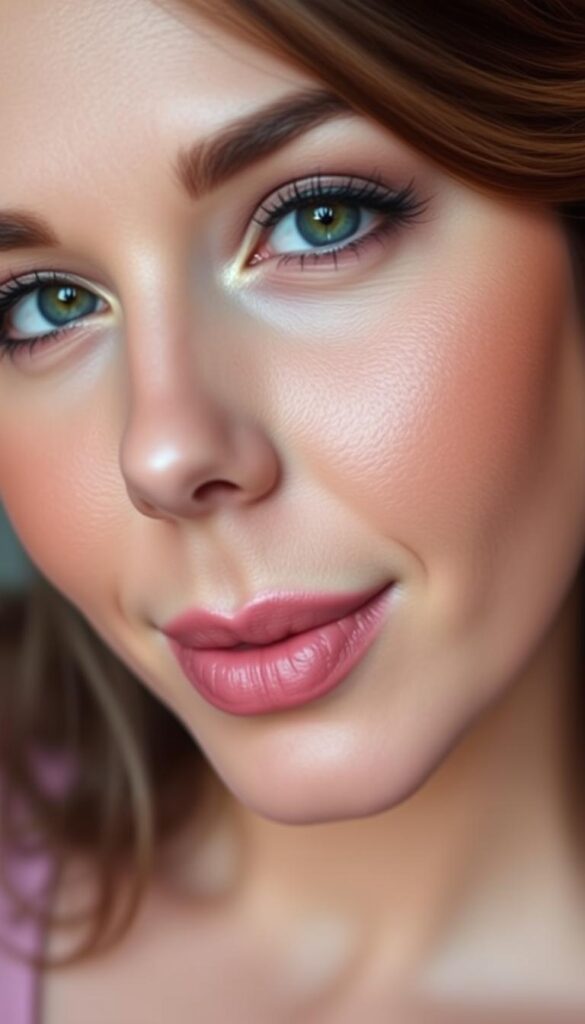
Contouring Techniques That Create Definition
Start with makeup for fuller face goals. Use a matte bronzer that’s one shade darker than your skin on cheekbones, jawline, and hairline. Blend it well to avoid harsh lines. Highlight the center of your forehead, nose bridge, and chin with a light-reflecting cream.
Try MAC’s Cocoa or NYX Professional Makeup’s Warm Bronze for warm tones.
- Define cheekbones by sweeping contour under them, then add highlight on the apples.
- Use a light concealer under the eyes to brighten and elongate the face.
- Apply a thin line of eyeliner on the upper lash line to lift the eyes and shorten the midface visually.
Haircuts and Styles for Fuller Faces
Slimming hairstyles add length and balance. Long layers and side-swept bangs draw the eye downward. Long face-framing pieces soften angles. Avoid blunt bobs unless blended with soft layers.
- Try a side part with long layers to create flow and length.
- Opt for a low ponytail instead of a high one to elongate the neck.
- Side-swept bangs with a slight wave add softness and vertical dimension.
| Face Shape | Best Hairstyles | Styling Tips |
|---|---|---|
| Round | Long layers, side-swept bangs | Avoid rounded edges; use volume at the sides |
| Square | Soft waves, long side parts | Emphasize softness with rounded ends |
| Oval | Any style with long lines | Maintain symmetry with even layers |
Pair these looks with vertical stripes and V-neck tops to enhance length. These tricks work best when blended with consistent skincare and hydration. This ensures your efforts align with your overall face-slimming journey.
Tracking Your Progress: Realistic Timelines for Face Fat Loss
Getting to know your face fat loss timeline means setting realistic expectations. You might see less puffiness in weeks. But, facial fat reduction results need time. Here’s how to track face slimming well.
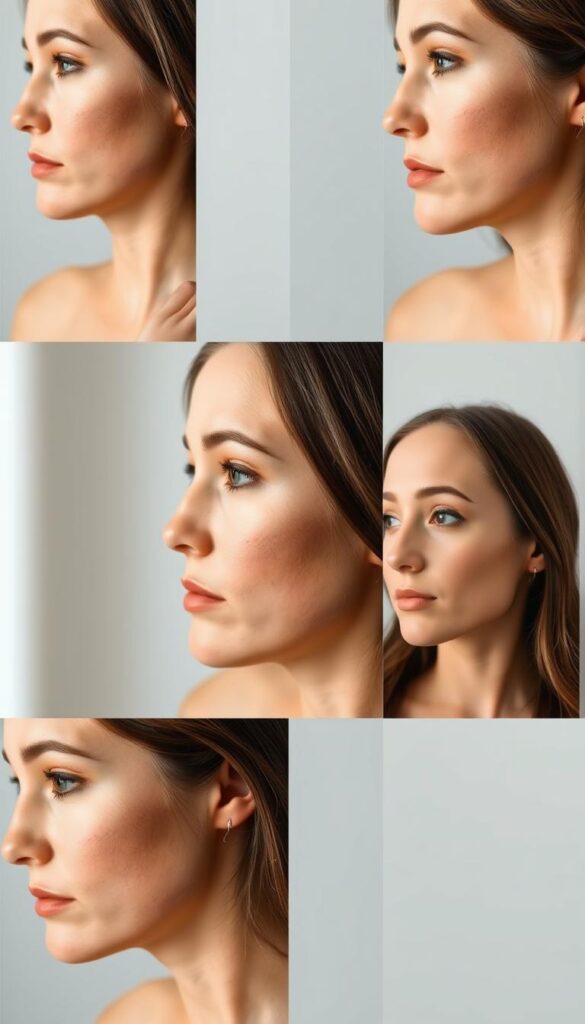
| Timeframe | Expected Changes |
|---|---|
| 4-6 weeks | Reduced bloating from hydration and diet adjustments |
| 3-6 months | Subtle definition from consistent exercise and diet |
| 6-12 months | Visible face fat loss progress from sustained habits |
Tracking progress keeps you motivated. Try these tips:
- Take photos every 2-4 weeks in natural light
- Measure jawline and cheek areas monthly
- Log how clothing fits over time
- Use a food diary to track diet consistency
“Patience is key—results build gradually, not overnight.”
Things like metabolism and genetics affect your face fat loss timeline. Eat 20% less calories and 20-40g protein per meal. Celebrate small victories to keep going. Remember, it’s the long-term effort that leads to lasting facial fat reduction results.
Conclusion: Your Path to a More Defined Facial Profile
Your face slimming journey starts with a clear plan. Mix diet, exercise, and lifestyle changes for lasting fat loss. Eat whole grains, drink lots of water, and choose low-sodium foods to reduce puffiness.
Do facial exercises like cheek lifts and jawline stretches. Get enough sleep and manage stress to help your face look its best.
Keep track of your progress with photos and measurements. Small changes like drinking water or doing facial exercises help a lot. Remember, your genes are your base, but your habits make the difference.
Eat foods like leafy greens and lean proteins to help your face change slowly. Stick to your daily routines for the best results.
Start your plan today by making one simple change. Drink eight glasses of water or do five minutes of facial exercises. These small steps lead to big results. With time and effort, you’ll see a slimmer, more defined face.
Keep going—your best facial transformation is just starting.
FAQ
What are the most effective strategies for reducing face fat?
To reduce face fat, try changing your diet and doing exercises that fit you. Also, make lifestyle changes. A complete approach works better than quick fixes.
Does spot reduction really work for facial fat?
No, spot reduction is a myth. The body loses fat all over, not just in one spot. Facial exercises alone might not change facial fat much.
How do genetics impact facial fat distribution?
Genetics greatly affect where your body stores fat, including your face. Your inherited bone structure and fat storage spots shape your face.
What role does hydration play in facial appearance?
Drinking enough water is key for a healthy face. Not drinking enough can make your face look puffy. Drinking water helps reduce puffiness.
Can dietary changes really impact my facial bloating?
Yes, some foods can make your face look fuller. Avoid salty foods and eat foods rich in potassium and anti-inflammatory compounds. This can help reduce bloating.
What types of facial exercises should I do for better definition?
Do exercises that target your cheeks, jawline, and double chin. Cheek lifts, jaw juts, and neck stretches can tone your muscles and improve your face.
How can sleep affect the fat in my face?
Bad sleep can lead to hormonal imbalances. This can make your face look puffy and store more fat. Better sleep can greatly improve your face.
Are there effective non-surgical treatments available for face fat?
Yes, non-surgical treatments like radiofrequency and ultrasound can work. Also, injectables can help. Always talk to a professional to find the right treatment for you.
How can I track my progress effectively?
Take photos regularly and measure your face. Also, note how your clothes fit. Celebrate small wins to stay motivated and focused.
What are some easy makeup techniques to enhance my facial features?
Use contouring to define your face in makeup. Choose hairstyles that suit your face shape. These tips can make you look slimmer and more beautiful.

